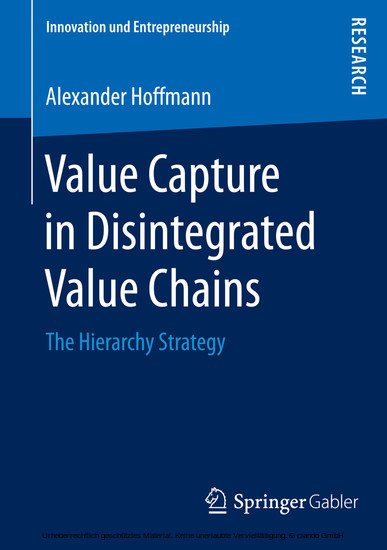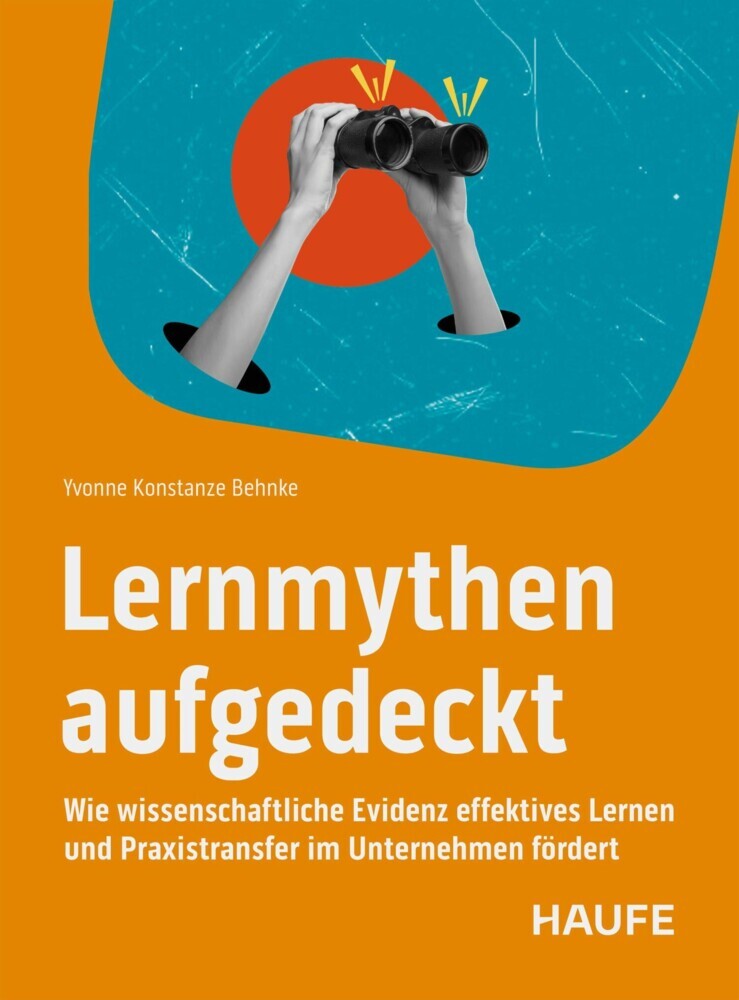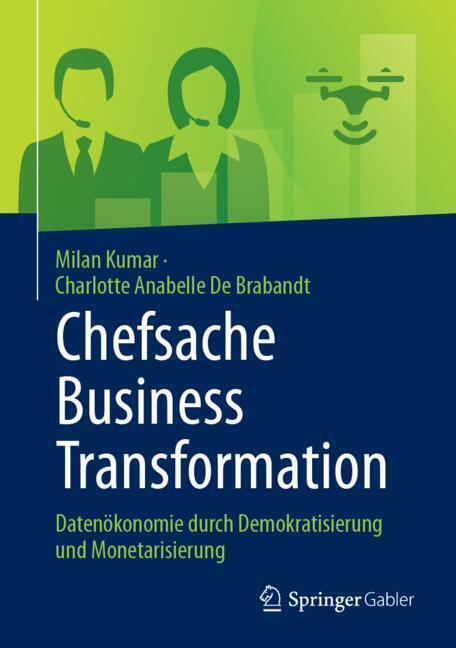Value Capture in Disintegrated Value Chains
The Hierarchy Strategy
Using cooperative game theory, this book shows how bargaining structure affects the distribution of value among the constituent firms of the value chain. Results show that positions in the bargaining structure most conducive to value capture are those where large complementarity gains are realized and split, ideally, among a small number of negotiators. Further, leveraging case studies from the aviation and home appliance industries the author suggests that the bargaining structure can be shaped through by architecture of the value chain and, in turn, through the architecture of the product, and the action of powerful firms to optimize value capture.
Alexander Hoffmann is a researcher in the field of technology and innovation management at the TU München, Germany, and a management consultant.
Alexander Hoffmann is a researcher in the field of technology and innovation management at the TU München, Germany, and a management consultant.
1;Foreword;6 2;Acknowledgements;7 3;Table of Contents;8 4;List of Appendices;10 5;List of Figures;11 6;List of Tables;13 7;List of Abbreviations;15 8;Abstract;16 9;Zusammenfassung;17 10;1 Introduction;18 11;2 Determinants of value capture;23 11.1;2.1 Profiting from innovation;23 11.2;2.2 Value chain architecture;24 11.3;2.3 Game theoretic perspective;28 12;3 Bargaining structure;31 12.1;3.1 Hierarchy in negotiations: Bargaining structure;31 12.2;3.2 Drivers and effects of bargaining structure;32 13;4 Modeling the effect of bargaining structure on value capture;35 13.1;4.1 The basic model;35 13.1.1;4.1.1 Non-hierarchical value distribution;35 13.1.2;4.1.2 The hierarchical Shapley value;38 13.2;4.2 Results;40 13.2.1;4.2.1 Three-firm bargaining structures;41 13.2.2;4.2.2 N-firm bargaining structures;47 13.2.3;4.2.3 Multiple bargaining positions;58 13.3;4.3 Extensions and further results;63 13.3.1;4.3.1 System integrators;64 13.3.2;4.3.2 Free value;71 13.4;4.4 Alternative distribution concepts;76 13.4.1;4.4.1 Owen value;76 13.4.2;4.4.2 B-value;81 13.4.3;4.4.3 Hierarchical Core;82 13.5;4.5 Conclusion;89 14;5 Drivers of bargaining structure and empirical implications of the hierarchy strategy;91 14.1;5.1 Methods;92 14.1.1;5.1.1 Case design;93 14.1.2;5.1.2 Data sources and analysis;95 14.2;5.2 Results of the case studies;100 14.2.1;5.2.1. Modularization of laundry dryers at BSH;101 14.2.2;5.2.2. System suppliers in commercial aircraft manufacturing;108 14.3;5.3 Conclusion;120 15;6 Discussion and conclusion;122 16;Appendices;127 16.1;Appendix A - Glossary;127 16.2;Appendix B - Properties of the HSV;131 16.3;Appendix C - Forming the first cluster in bargaining structures with nonessentialsymmetric firms;134 16.4;Appendix D - Analysis of three-firm bargaining structure relaxing the assumption of symmetry;135 16.5;Appendix E -n-firm bargaining structures analyzed with the Owen value;137 16.6;Appendix F - Hierarchical Core;139 16.7;Appendix G - Questionnaire for case interviews;140 16.8;Appendix H - Brief profiles of interviewees;142 17;Bibliography;145
Hoffmann, Alexander
| ISBN | 9783658113681 |
|---|---|
| Artikelnummer | 9783658113681 |
| Medientyp | E-Book - PDF |
| Copyrightjahr | 2015 |
| Verlag | Springer Gabler |
| Umfang | 154 Seiten |
| Sprache | Englisch |
| Kopierschutz | Digitales Wasserzeichen |










